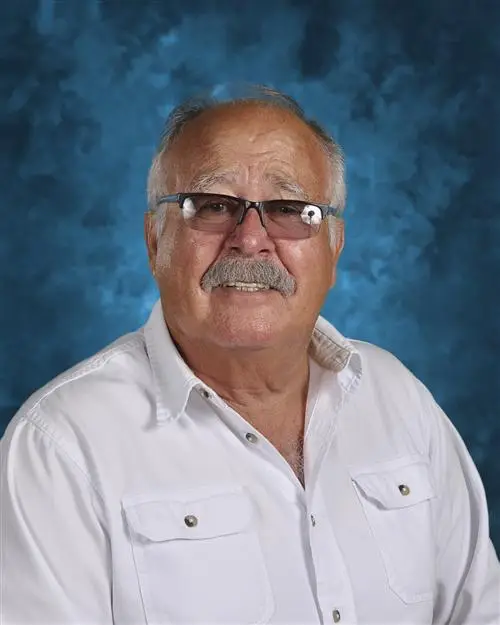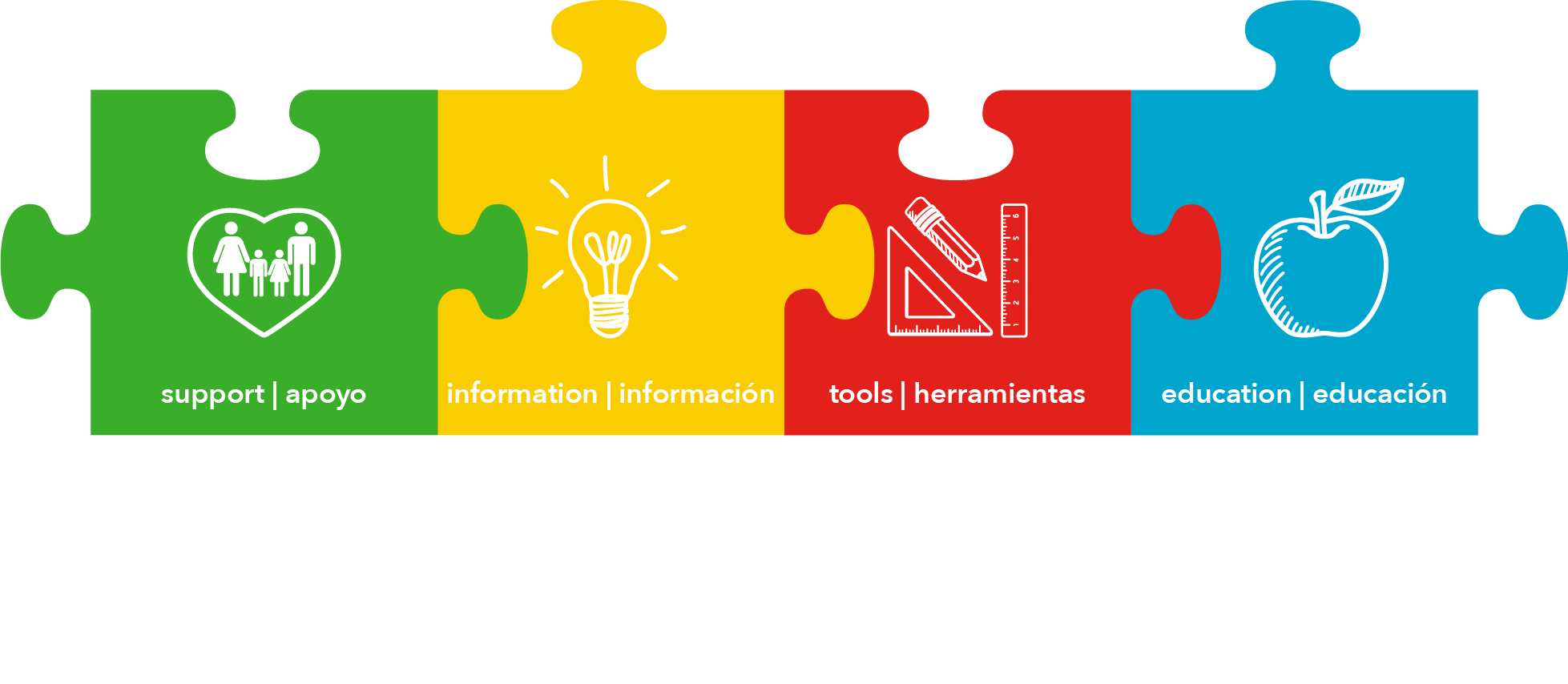Ed was a self-described product of the “Okie” migration who never earned a high school diploma but became a pathfinder of new trails in the teaching of history. He was the founder of the James Monroe Children’s Museum and he has left it to others to build on his passion that created the unique educational laboratory for teaching California history on the campus of James Monroe Elementary School.
Gwartney and his family were part of the great Dust Bowl migration in the 1930s and 1940s. When he was nine months old, his mother, father, three brothers and two aunts left Oklahoma searching for survival.
The Gwartney family began its new life in the fields of California and continued to follow the crops until they settled in Chowchilla when Ed was 10 years old.
At the age of 17, he dropped out of high school to join the Army where he served in Korea and Germany. Upon his discharge, Gwartney worked in a variety of jobs, including one with the Mosquito Abatement District.
After a while, he made the decision to get an education and enrolled at Fresno City College where he was admitted on probation because of his lack of a high school diploma. With his graduation from FCC, he matriculated at Fresno State and graduated with a degree in history.
Gwartney landed his first teaching job at Spring Valley School in O’Neals and then taught for four years in Chowchilla. After that, he went to Howard School for two years and, in 1985, transferred to James Monroe where he remained until his retirement in 2007.
His official retirement, however, did not mean he was leaving Monroe Elementary. After all, how could he leave his interactive Children’s Museum and the thrill of giving children the experience of living in the Old West?
No one knows for sure just when Ed conceived the idea of building a western town at Monroe School. Maybe it was when he and his 4th-grade classes were building covered wagons that actually were used on trail rides. Maybe it was when he built a tent city on the playground to give his students the feel of life in a gold mining town.
At any rate, by 1997, with the assistance of two fellow teachers and a host of parents, he opened the James Monroe Children’s museum in a portable building.
From that beginning, the museum expanded every year. An entire gold mining town, complete with boot hill, was constructed on the site. Gwartney became the director, with teachers Sandra Carter and Susan Miller as his assistants.
They trained Monroe 6th graders to be docents for the museum and soon busloads of students and teachers from other schools were signing up for an interactive tour. The excitement was contagious.
A typical program began with the visiting youngsters packed in the general store to hear Gwartney tell what it was really like to travel the Oregon/California Trail.
Gwartney told how mothers gave birth to children; fathers buried them, and marauders dug them up. Dysentery swept through the wagon trains, and loads of precious provisions were dumped to keep the jaded mules and oxen alive.
Then with visions of the “Real West” firmly implanted in their minds, the visitors followed Gwartney outside to meet the Monroe student historians.
Folklorico dancers entertained the students in the old mission, and a docent shared some of the highlights of a neophyte’s life under the Jesuit missionaries.
The student visitors met Mrs. Jackson and Mrs. Johnson, two women who traveled the trail together in 1846 and learned about the trials on their wagon train.
Kids met “Big Tooth Gordon,” who was locked up in the James Monroe hoosegow because of some egregious violation of gold rush law. The visitors stopped by the cemetery where bodies of the recently departed stepped away from their tombstones to tell their sad tales of woe.
Visitors were always startled by the boom-boom of a bass drum filling the air. A funeral procession took place right there in front of everyone. Three female mourners walked in front of the casket and the undertaker followed.
When the remains had been appropriately placed at the cemetery, the atmosphere lightened a bit as the Monroe kids performed an old-time melodrama entitled “Holdup at Dead Man’s Gulch.”
A visit to the Children’s Museum always brought visitors face-to-face with the Monroe docents in several different stations. Everyone made cornhusk dolls and worked with leather to make nametags for themselves.
There was rope making and panning for gold. There was also the bucket brigade and a trip into the gold mine. Everyone had to send a telegraph message and experience the tribulations of loading a wagon.
All told, visiting the museum was a magnificent experience. By weaving such a complex tapestry of history whereby kids taught kids, it was 2 1/2 hours of pure elixir.
Over the years, the James Monroe Children’s museum had both flush years and lean times. Gwartney managed to secure $250,000 in grants and gifts for the museum and its traveling projects.
However, the lean times became so serious that the museum had to close its doors one year. It was rescued on two occasions by the Chukchansi Tribal Council and the Madera County Historical Society.
Supporters of education throughout the state have recognized Gwartney’s pivotal role in the museum program. The Oregon/California Trails Association named him Teacher of the Year. He has won the Golden Bell Award for his school, and in 2004, the California Council for Social Studies named him Elementary Teacher of the Year. Gwartney has twice been selected Distinguished Teacher of the Year by his colleagues at James Monroe.
Clearly, filling Gwartney’s shoes will not be an easy task, and we knew it wouldn’t be. Perhaps the best we can do right now is just drive by the museum, which has been named after him, and say, “We’re not going to forget — how could we?”
Originally published in the Madera Tribune




